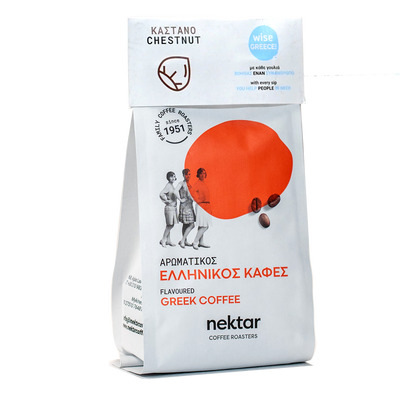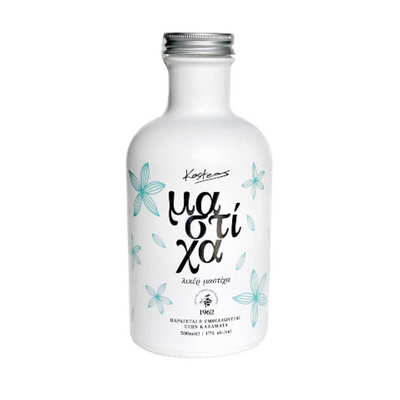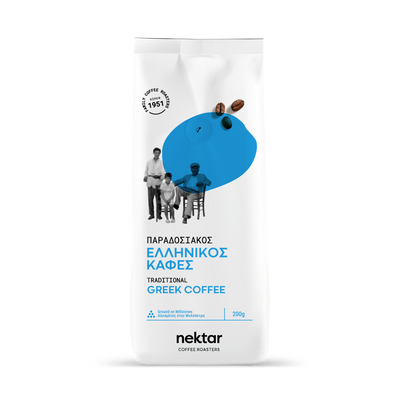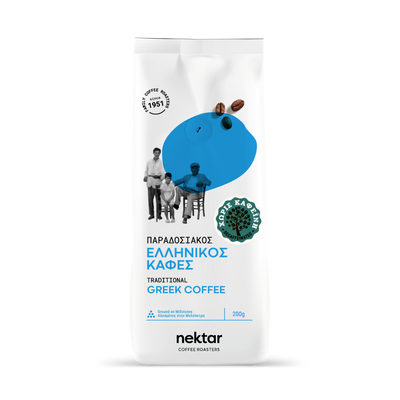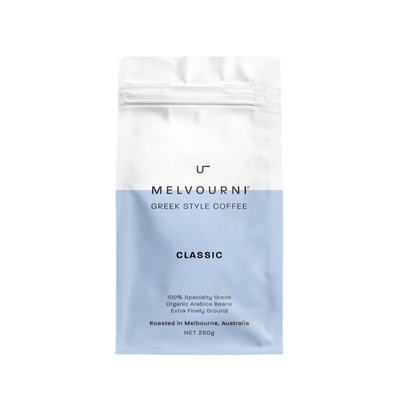Mastiha, Greece's magical superfood ingredient
By Carolina Doriti
There’s a beautiful Greek island on the eastern edge of the Aegean Sea that is officially called Chios, but is unofficially known as “Mastiha Island". The fifth largest among Greek islands, Chios is blessed with fertile land and a celebrated microclimate that allows islanders to grow a unique range of products, the most famous being – as its nickname suggests – mastiha (mastic), an aromatic resin produced by mastic trees and can also be found as mastic essential oil.
The first references to mastiha on Chios can be found in the work of Herodotus, the ancient Greek historian, who, in the 5th century BC, described those trees that grew on the south side of the island and how the ancient Greeks collected their resin and chewed it, both for pleasure and hygienic purposes. In fact, mastiha has been described as the first chewing gum in history.
Ancient Greek healers like Hippocrates, Galinos and Dioskouridis praised mastiha, a natural antioxidant with strong anti-inflammatory and antimicrobial properties, for its medicinal and pharmaceutical uses and prescribed it widely as a cure for their patients, particularly those suffering from stomach and digestion problems as well as oral infections.

This natural sap drips from the trunk of the mastic tree (mastihodentro in Greek), technically a shrub (Pistacia Lentiscus) related to the pistachio that can grow as high as 5 meters when fully mature, a process that takes around 40 to 50 years (although the shrubs begin producing mastic five years or so after being planted). Although this family of trees can be widely traced throughout the Mediterranean region it is only on the southern side of Chios that it thrives in such a unique way and in such abundance. As a result, this side of the island is called Mastihochoria (mastic villages) and is comprised of 24 fortress-like villages that date back to Byzantine times.
The process and know-how of cultivating mastic on Chios has been preserved since antiquity, passed down from generation to generation, and in 2014, it was inscribed in UNESCO’s Representative List of the Intangible Cultural Heritage of Humanity. Men and women of all ages participate in the different stages of mastic cultivation, making it a social event that brings together the members of the community.
Mastic drips in thick, liquid tears onto the ground, which then crystalize after a period of about 15-20 days. The women pick up the largest tears first, cleaning them by hand and storing them in a wooden box. The smaller sized crystals are usually cleaned with special machines and stored in the same way, always in a cool place.

From a culinary perspective, mastiha has been used as a spice in order to add flavour and aroma to various dishes in the Greek cuisine. While it’s sold in different forms – as an essential oil, in small, medium or large tears, and as a powder – the essential oil and powder are the easiest to use as tears need to be turned into a powder before adding them to any recipe. The best way to do that is with a mortar and pestle, mixed with a bit of sugar so that it doesn’t go sticky.
You’ll often find mastiha as an ingredient in baked goods, such as breads, biscuits and cakes, and other sweet treats. It’s also used in savory sauces and dressings, marmalades and other delicacies. Many traditional types of bread prepared for religious purposes in the Greek Orthodox Church include mastiha, too. It can also be added to coffee, tea and olive oil for an extra kick of flavour.
Some prefer to drink their mastiha – there’s the traditional mastiha liqueur that’s commonly served as a digestive and used to make cocktails. On Chios they make a special ouzo flavored with mastic.
Mastiha ice cream, also called kaimaki (although kaimaki does not always include mastic), is particularly popular; it often comes topped with preserved sour cherries and toasted almonds.
Tsoureki – braided brioche-like bread popular around Greek Easter, but enjoyed all-year round – is aromatised with mastic.
Amygdalota (traditional almond sweets) and ypovrihio (meaning submarine), a traditional chewy treat made with mastic and sugar that’s served in a glass of ice-cold water.
Nowadays chefs around the world using mastiha in their culinary masterpieces from savoury dishes to alcoholic cocktails.
Enjoy!
To read the full story visit www.culinarybackstreets.com

